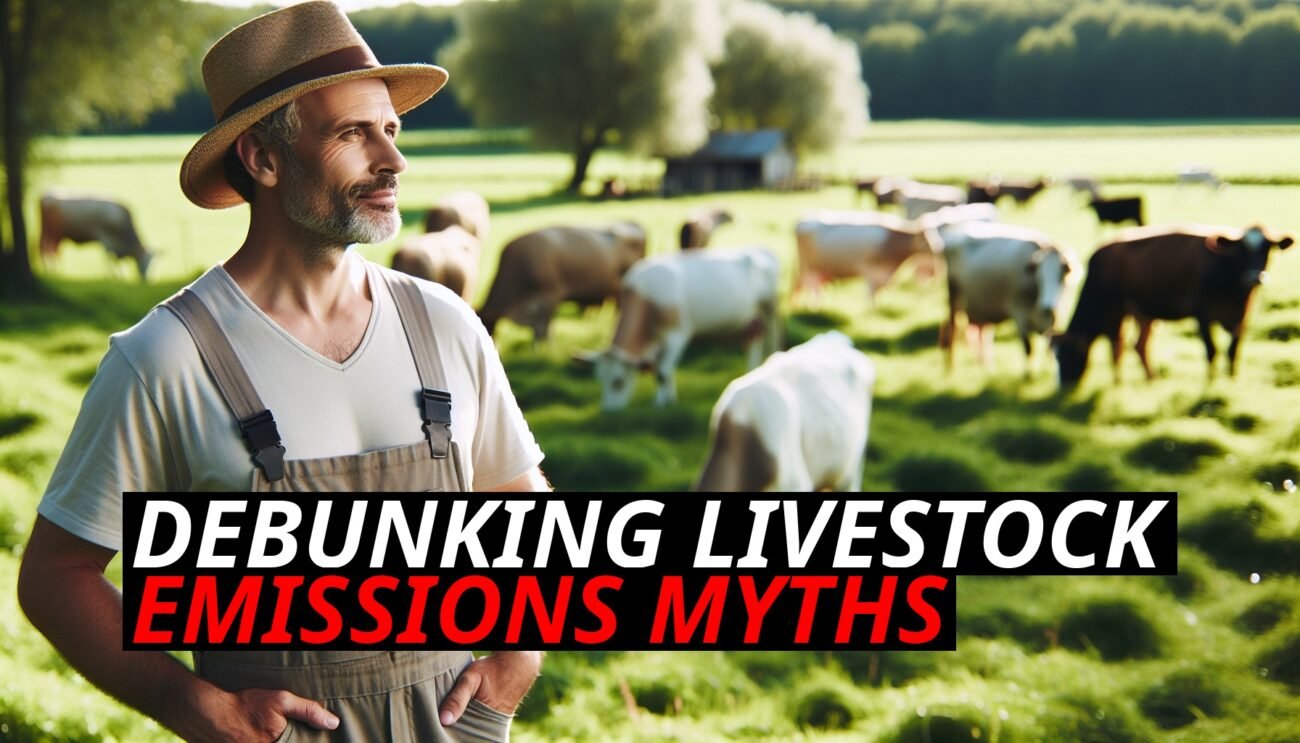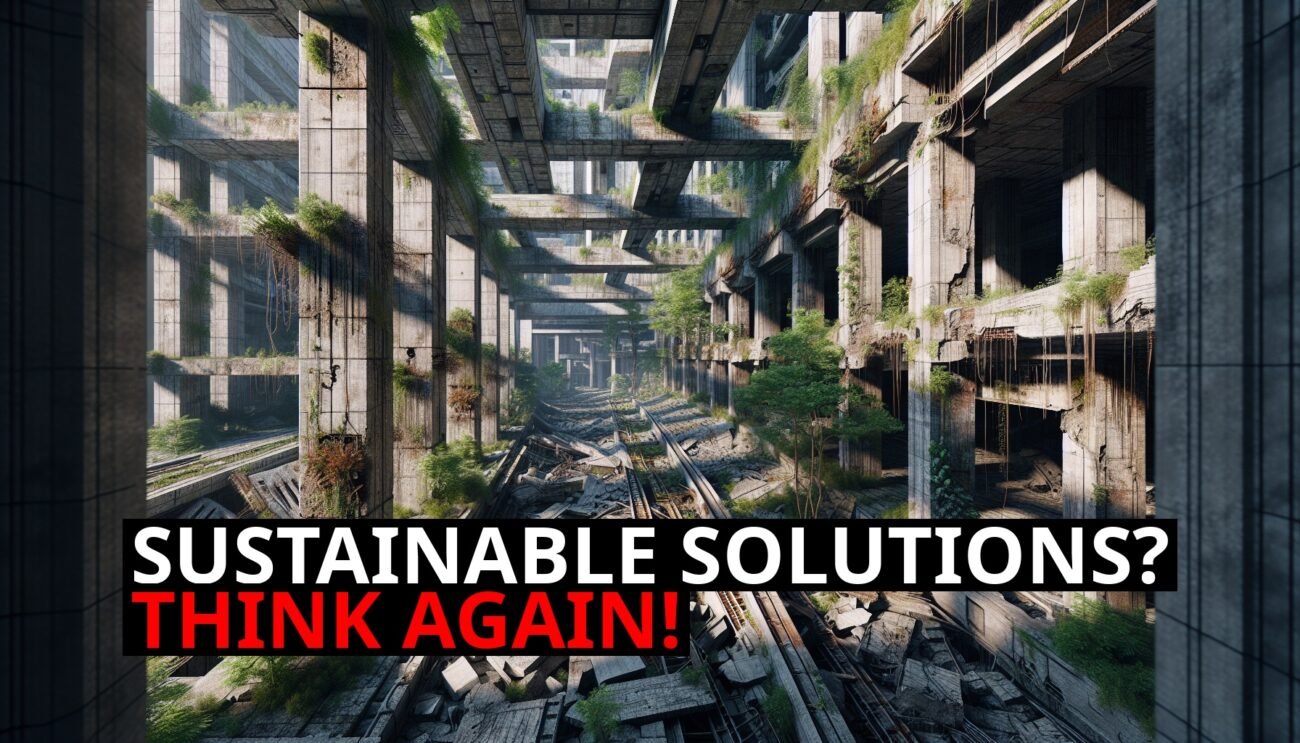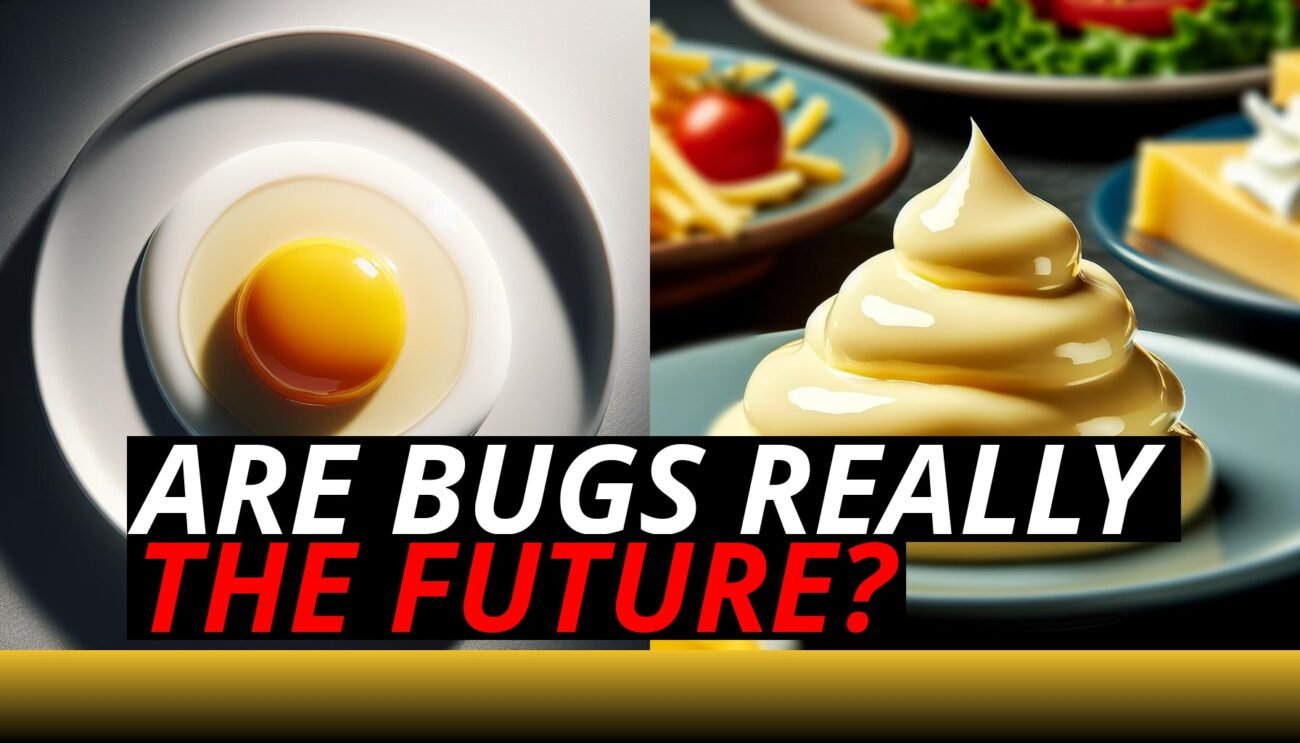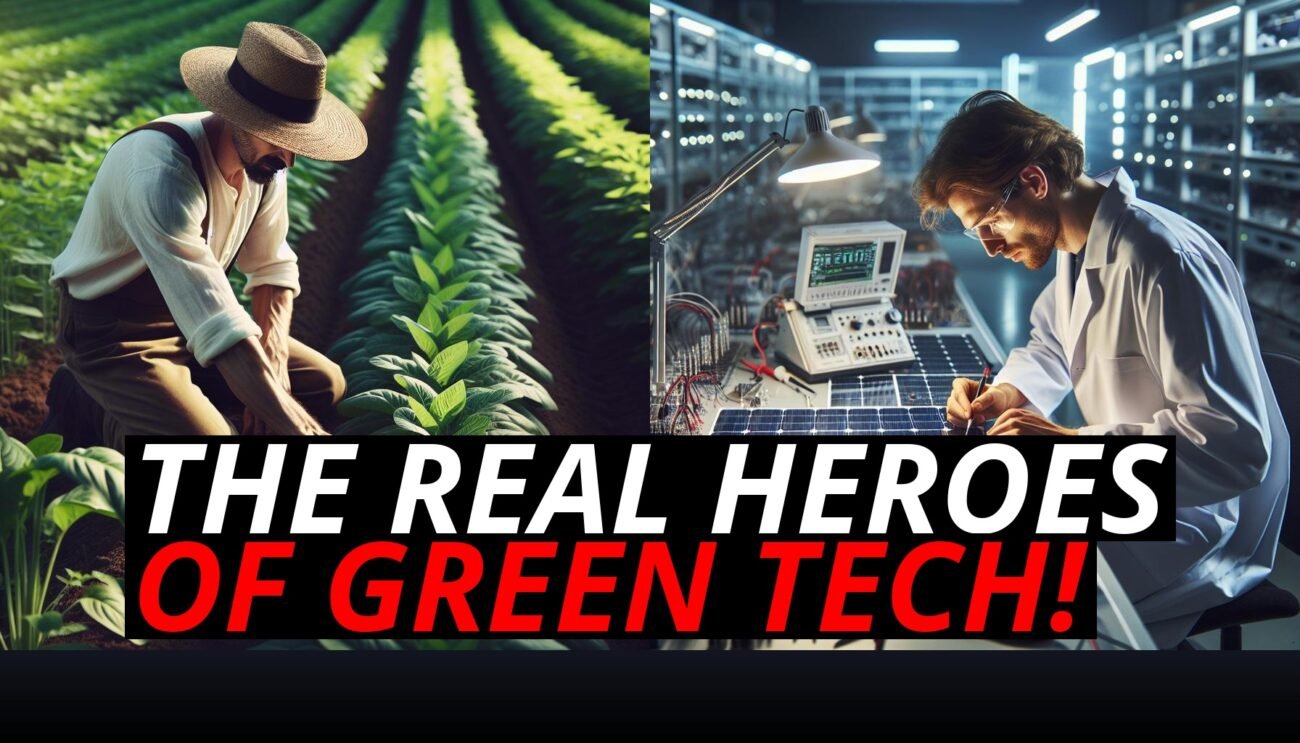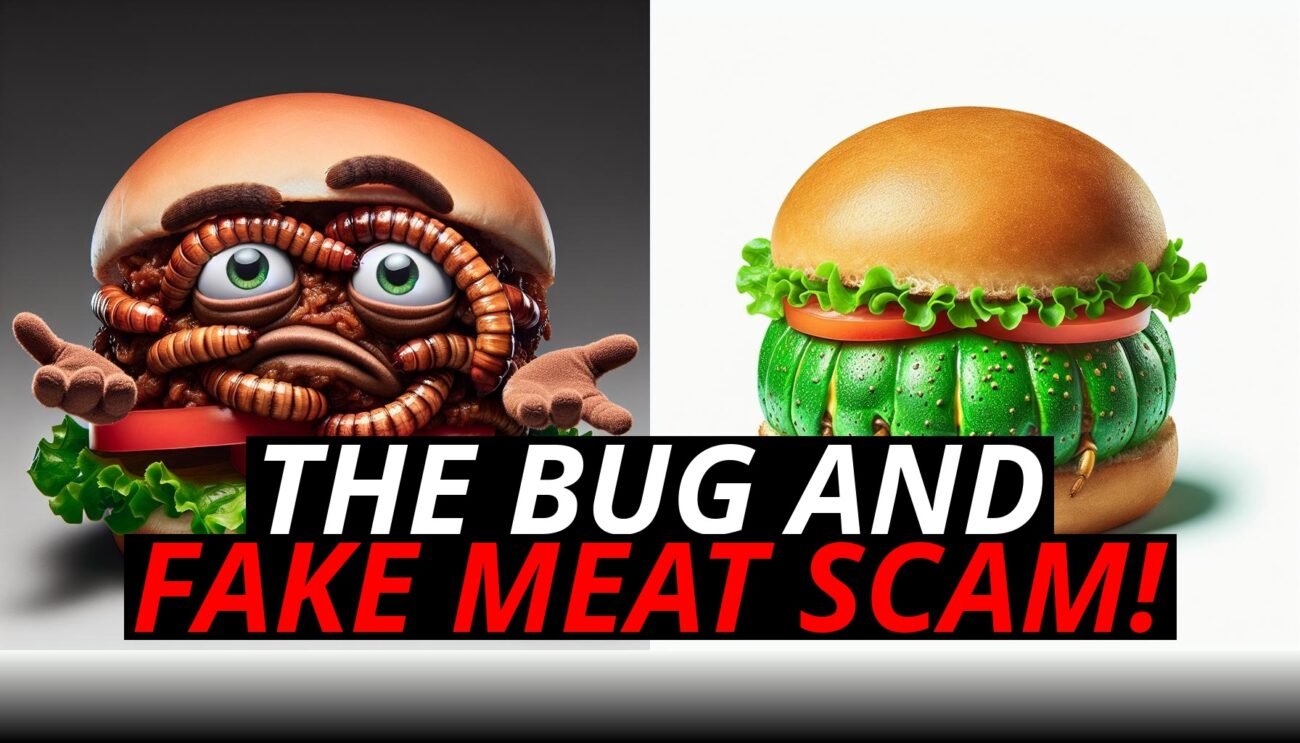Take a drive through any farming region, and you’ll likely see endless fields of a single crop—corn, wheat, soy, or rice, stretching as far as the eye can see. This practice is known as monoculture farming, and while it’s helped feed billions of people by maximizing yields, it’s hiding a dark side. The environmental costs of monoculture farming are enormous, affecting everything from soil health to biodiversity and even the resilience of our ecosystems.
Let’s explore the hidden toll of monoculture farming on the environment and why alternative systems, like regenerative grazing, may offer a solution.
What Is Monoculture Farming?
Monoculture farming is the practice of growing a single crop over vast areas of land, year after year. This approach has become the backbone of modern agriculture because it simplifies production, making it easier for farmers to use machinery and fertilizers to maximize yield. However, this focus on efficiency comes at a cost—monoculture depletes the land’s natural resources and disrupts the balance of local ecosystems.
Some of the most common monoculture crops include:
- Corn: Widely used for food, animal feed, and biofuel.
- Soy: A staple in livestock feed and processed foods, also used in plant-based products.
- Wheat: A global grain that forms the basis of many diets.
- Rice: Essential to billions, especially in Asia.
While monoculture farming has played a critical role in feeding the world, it’s also led to long-term environmental damage that threatens the sustainability of these very crops.
Soil Depletion: Stripping The Land Of Its Life
One of the most significant impacts of monoculture farming is soil depletion. When the same crop is grown in the same field year after year, it continuously draws the same nutrients from the soil without giving anything back. Over time, the soil becomes exhausted of key nutrients like nitrogen, phosphorus, and potassium, leading to a drop in fertility.
Farmers try to counteract this depletion by using synthetic fertilizers, but this solution only works temporarily and can create new problems. Overuse of fertilizers leads to:
- Chemical Runoff: Excess fertilizers wash into rivers and lakes, causing algal blooms and “dead zones” in bodies of water, where oxygen levels are so low that aquatic life cannot survive.
- Soil Acidification: Synthetic fertilizers can disrupt the soil’s natural pH balance, making it harder for plants to absorb nutrients and further degrading soil health.
Healthy soil is full of life—microbes, fungi, and insects that work together to break down organic matter and cycle nutrients back into the ecosystem. Monoculture farming depletes this biodiversity in the soil, reducing its ability to regenerate naturally and leading to long-term soil erosion.
Biodiversity Loss: A Homogenized Landscape
Monoculture farming doesn’t just affect the soil—it also leads to significant biodiversity loss above ground. By dedicating large tracts of land to a single crop, monoculture farms create a homogenized landscape where few other species can thrive. This lack of diversity has several consequences:
- Pest Problems: Without a variety of plants to create a balanced ecosystem, monoculture crops are more vulnerable to pests and diseases. As a result, farmers must rely heavily on pesticides, which can harm non-target species, including pollinators like bees and beneficial insects.
- Loss of Wildlife Habitats: Monoculture farming replaces natural ecosystems—forests, grasslands, and wetlands—with uniform fields, destroying habitats for many species. This disruption has led to the decline of countless animals, birds, and insects, reducing ecosystem resilience.
In a diverse ecosystem, different plants support different animals, insects, and microorganisms. By planting only one crop, monoculture farms eliminate this natural balance, creating a barren environment where few species can survive. Over time, this leads to a collapse in local biodiversity.
Ecosystem Destruction: Clearing The Way For Monoculture
Monoculture farming often requires clearing large areas of natural ecosystems, such as forests, grasslands, and wetlands, to make room for the crops. This practice is a major driver of deforestation and habitat destruction, especially in regions like the Amazon rainforest, where land is cleared for soy and cattle farming.
The environmental costs of ecosystem destruction are severe:
- Carbon Emissions: Forests and grasslands act as carbon sinks, absorbing carbon dioxide from the atmosphere and helping to mitigate climate change. When these ecosystems are destroyed, that stored carbon is released back into the atmosphere, contributing to global warming.
- Water Cycle Disruption: Natural ecosystems play a crucial role in regulating the water cycle. Forests, for example, help maintain local rainfall patterns and prevent water runoff. When these ecosystems are cleared, it disrupts the water balance, leading to flooding in some areas and droughts in others.
By clearing natural ecosystems to make way for monoculture farms, we not only lose the biodiversity that these areas support, but we also undermine the planet’s ability to regulate the climate and maintain stable weather patterns.
Grazing Systems: A Regenerative Alternative
While monoculture farming depletes the land and destroys ecosystems, grazing systems offer a regenerative alternative. When managed properly, grazing animals like cows, sheep, and goats can help restore degraded land and promote ecosystem health. This practice, known as regenerative grazing, mimics the natural movement of wild herbivores, which helps to maintain the balance of ecosystems.
Here’s how grazing systems can help regenerate land:
- Improving Soil Health: Grazing animals naturally fertilize the soil with their manure, adding organic matter and nutrients that boost soil fertility. Their movement also helps to aerate the soil, improving its ability to retain water and support plant growth.
- Promoting Biodiversity: Unlike monoculture farming, which wipes out plant diversity, regenerative grazing encourages the growth of a wide variety of plants. This diversity supports a more balanced ecosystem, attracting a range of species that benefit from the varied habitat.
- Carbon Sequestration: Healthy soils with high organic matter can act as carbon sinks, pulling carbon dioxide from the atmosphere and storing it in the ground. Regenerative grazing helps to build this organic matter, increasing the soil’s ability to sequester carbon and fight climate change.
Regenerative grazing systems work with nature rather than against it, creating a self-sustaining cycle that improves the health of the land over time. By mimicking natural processes, these systems can help reverse some of the damage caused by monoculture farming.
The Hidden Environmental Cost Of Feeding The World
Monoculture farming has become a cornerstone of modern agriculture, but it comes with hidden environmental costs that threaten the very systems we rely on for food production. Soil depletion, biodiversity loss, and ecosystem destruction are all byproducts of a farming system that prioritizes short-term yield over long-term sustainability.
As the world’s population continues to grow, it’s essential that we rethink how we produce food. Regenerative grazing systems offer a more sustainable alternative that can help restore degraded land, sequester carbon, and support biodiversity. By transitioning away from monoculture and toward regenerative farming practices, we can create a food system that feeds the world while protecting the planet.
Conclusion: A New Approach To Agriculture
The environmental costs of monoculture farming are clear—it depletes the soil, wipes out biodiversity, and destroys ecosystems. While it has allowed for mass production of food, this method of farming is not sustainable in the long run. Fortunately, there are alternatives, like regenerative grazing, that can restore land and promote a healthier balance between agriculture and the environment.
As we look toward the future of farming, it’s crucial that we move away from monoculture and adopt more regenerative practices that work in harmony with nature, not against it. By doing so, we can build a more resilient and sustainable food system for generations to come.



